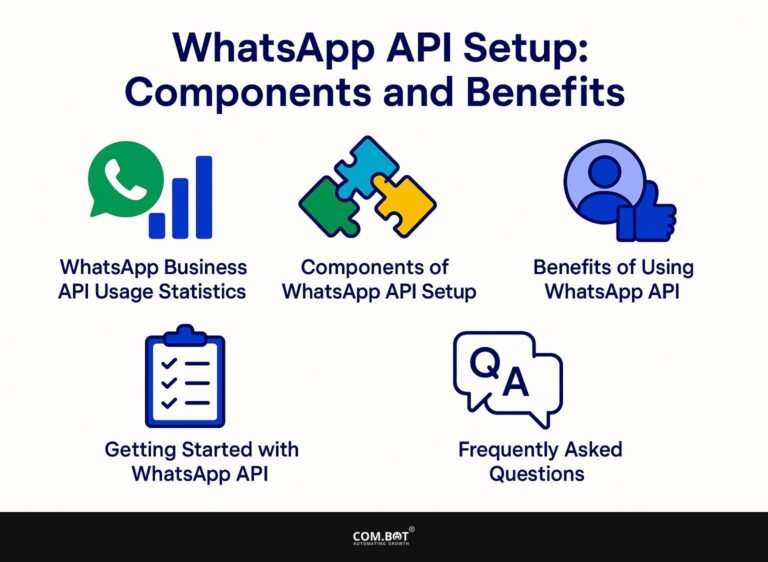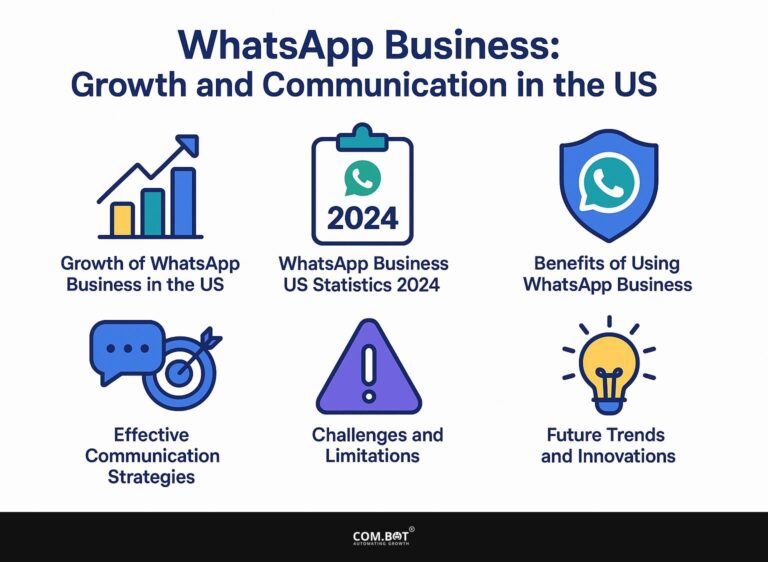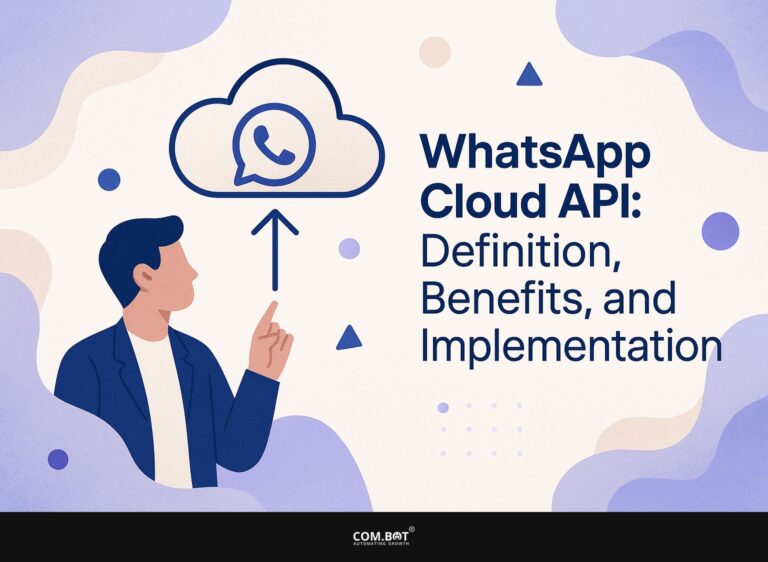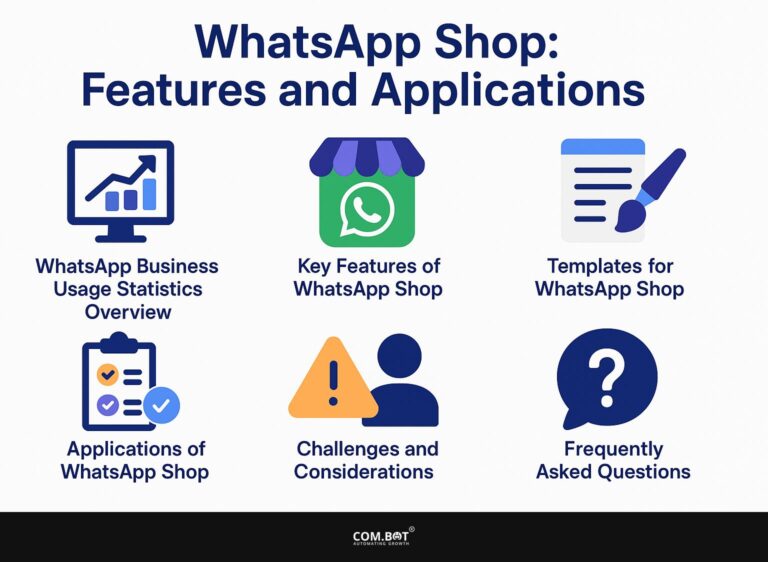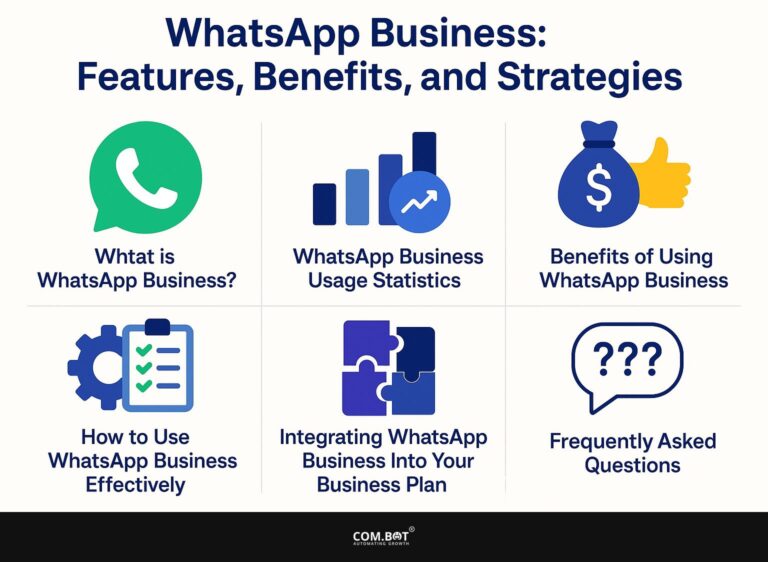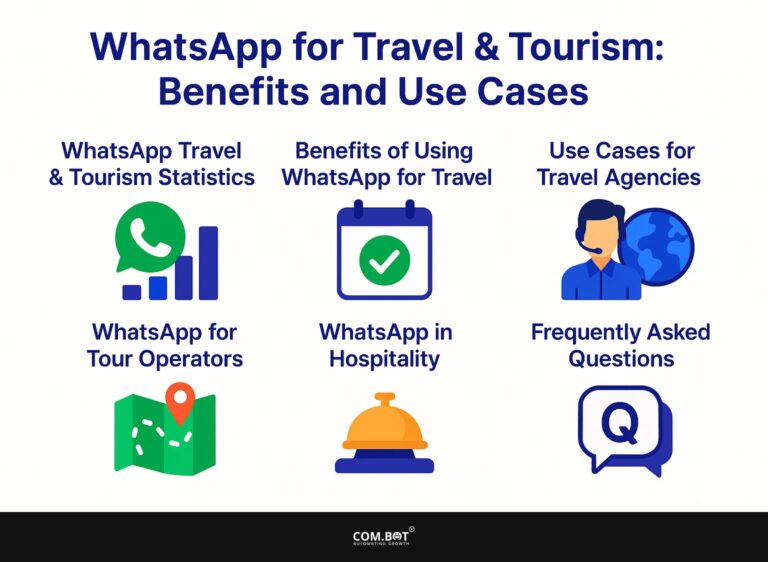Campaign Analytics: Features and Optimization Techniques
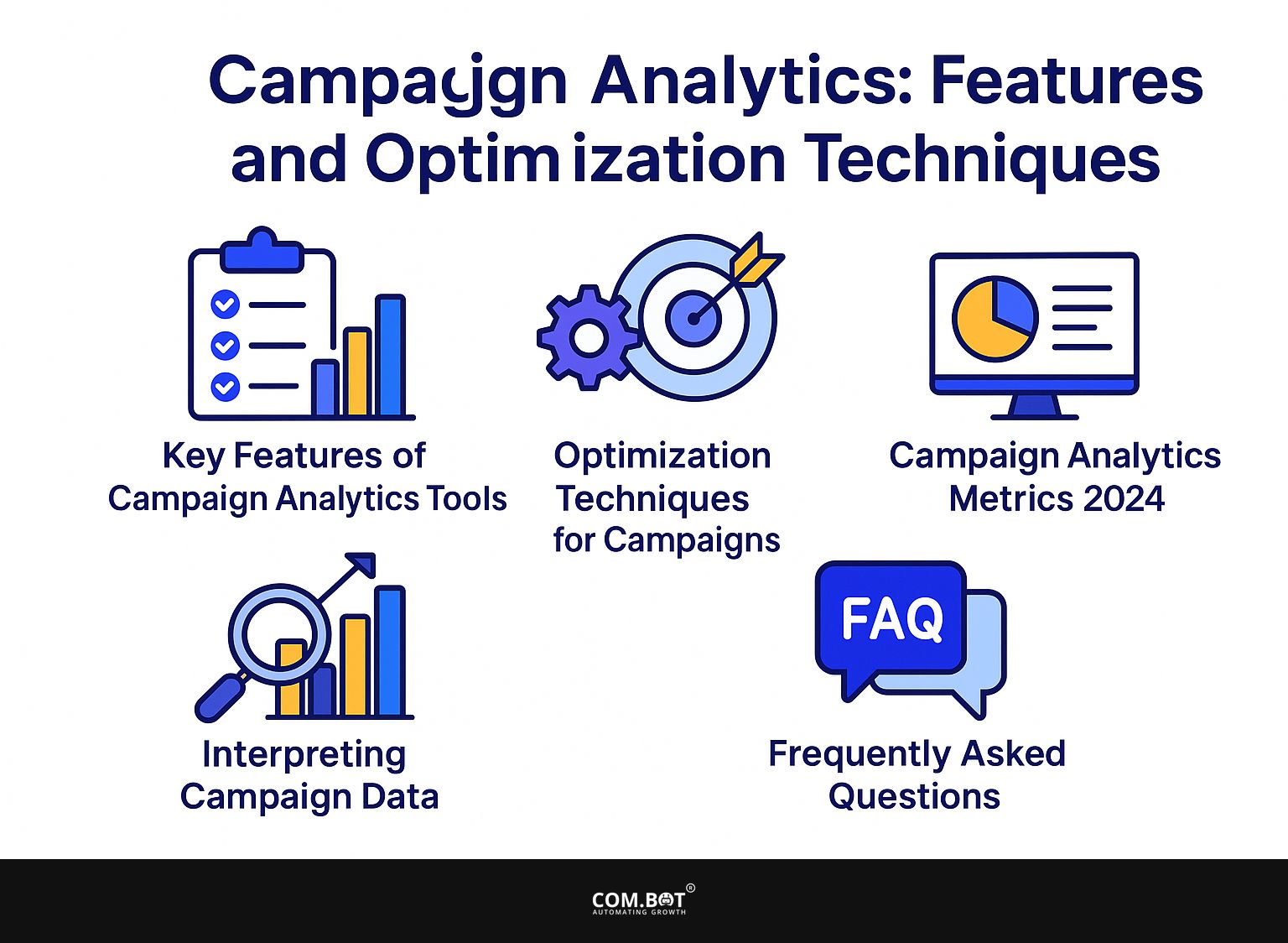
In the rapidly changing field of marketing, improving your campaigns can greatly increase your return on investment. Using tools such as Adjust and Google Analytics, marketers can monitor important metrics that lead to success in marketing mobile applications. This article looks at key parts of campaign analytics and offers tested methods to improve marketing campaigns. It helps you make your campaigns better using information from platforms like Improvado. Learn practical strategies!
Key Takeaways:
- 1 Key Features of Campaign Analytics Tools
- 2 Optimization Techniques for Campaigns
- 3 Interpreting Campaign Data
- 4 Campaign Analytics Metrics 2024
- 4.1 Marketing Performance Metrics: Key Performance Indicators
- 4.2 Marketing Performance Metrics: Advanced Analytics Tools Impact
- 4.3 Marketing Performance Metrics: Digital Marketing Success Gauges
- 4.4 Identifying Trends and Insights
- 4.5 Emerging Technologies in Analytics
- 4.6 Best Practices for Continuous Improvement
- 5 Frequently Asked Questions
- 5.1 1. What are the main features of Campaign Analytics?
- 5.2 2. How can Campaign Analytics help improve my campaigns?
- 5.3 3. Can Campaign Analytics integrate with other marketing tools?
- 5.4 4. What types of data can Campaign Analytics track?
- 5.5 5. How does Campaign Analytics use data visualization?
- 5.6 6. Is Campaign Analytics suitable for all types of campaigns?
Importance of Campaign Analytics
Understanding how to examine campaign information can improve marketing outcomes by 20% through more informed decisions.
For instance, a SaaS company that analyzed user data learned that a significant portion of their conversions came from a specific user segment-small businesses interested in cloud solutions.
They used tools such as Google Analytics and HubSpot to improve their audience targeting and customize their marketing messages. This targeted method improved participation and resulted in a 30% rise in conversion rates.
Regularly reviewing metrics allows businesses to quickly adjust their strategies to meet customer needs and maximize their investment.
Goals of Campaign Analytics
The primary goals of campaign analytics revolve around improving campaign performance and aligning with key performance indicators (KPIs).
To effectively achieve these goals, focus on tracking specific metrics such as click-through rates (CTR), conversion rates, and return on investment (ROI).
For example, aim for a 15% increase in CTR by analyzing historical data and adjusting ad placements accordingly. Use tools like Google Analytics for detailed information and A/B testing software to improve your strategies.
Improve budget distribution by evaluating how well each channel performs using cost-per-acquisition (CPA) metrics. This helps focus resources on the most successful campaigns.
Key Features of Campaign Analytics Tools
Tools for examining campaigns offer key features that help marketers make their strategies better and more effective, providing insights into how to optimize campaign performance effectively. For an in-depth understanding of these features, our comprehensive guide on campaign analytics delves into optimization techniques that can enhance strategic outcomes.
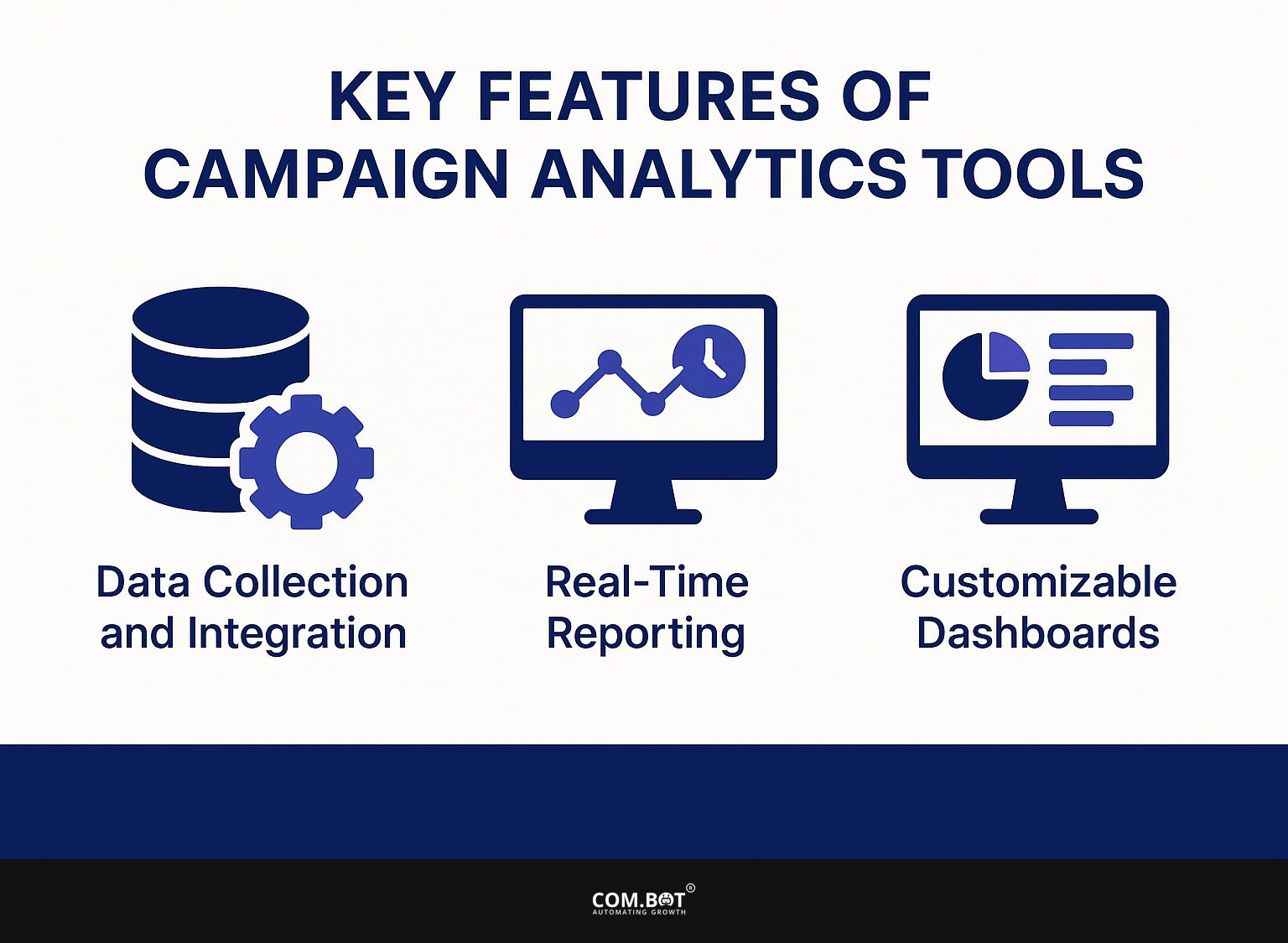
Data Collection and Integration
Good data collection and merging are important for getting correct campaign information, using tools like Google Analytics and Improvado for smooth data movement.
To improve how you gather data, begin by adding UTM parameters to your URLs. This allows you to clearly follow how your campaigns perform across various sources.
Consider integrating CRM systems like HubSpot or Salesforce with Google Analytics. This will bring together how customers engage with us and offer more detailed information about how they decide to buy.
The setup process typically requires about 1-2 weeks, allowing time for testing and adjustment. Focus on training your team to use these tools, ensuring everyone can interpret the data accurately.
Real-Time Reporting
Real-time reporting allows marketers to keep track of how campaigns are doing immediately, letting them quickly change their strategies.
Using tools like Adjust and Audience Builder can greatly improve your reporting skills.
Adjust offers dashboards that show key metrics like user engagement and conversion rates instantly. For now, Audience Builder lets you organize how often reports are shown, so you get data when you need it for your decisions.
By using these tools, marketers can quickly find out which ad creatives work best and make needed changes right away, improving the campaign’s overall effectiveness.
Customizable Dashboards
Campaign analytics tools with personalized dashboards enable marketers to see important metrics that match their exact requirements.
For instance, Google Data Studio enables you to create dashboards that showcase user acquisition metrics such as cost-per-click (CPC) and click-through rates (CTR) alongside engagement metrics like session duration and bounce rates.
By combining data from sources like Google Ads and Google Analytics, you can create a view that updates immediately, helping you to make informed decisions.
Focus on measurements that align with your campaign objectives. Keep your dashboard simple and useful for planning adjustments.
Optimization Techniques for Campaigns
Applying better techniques is important for improving marketing campaigns and raising success rates.
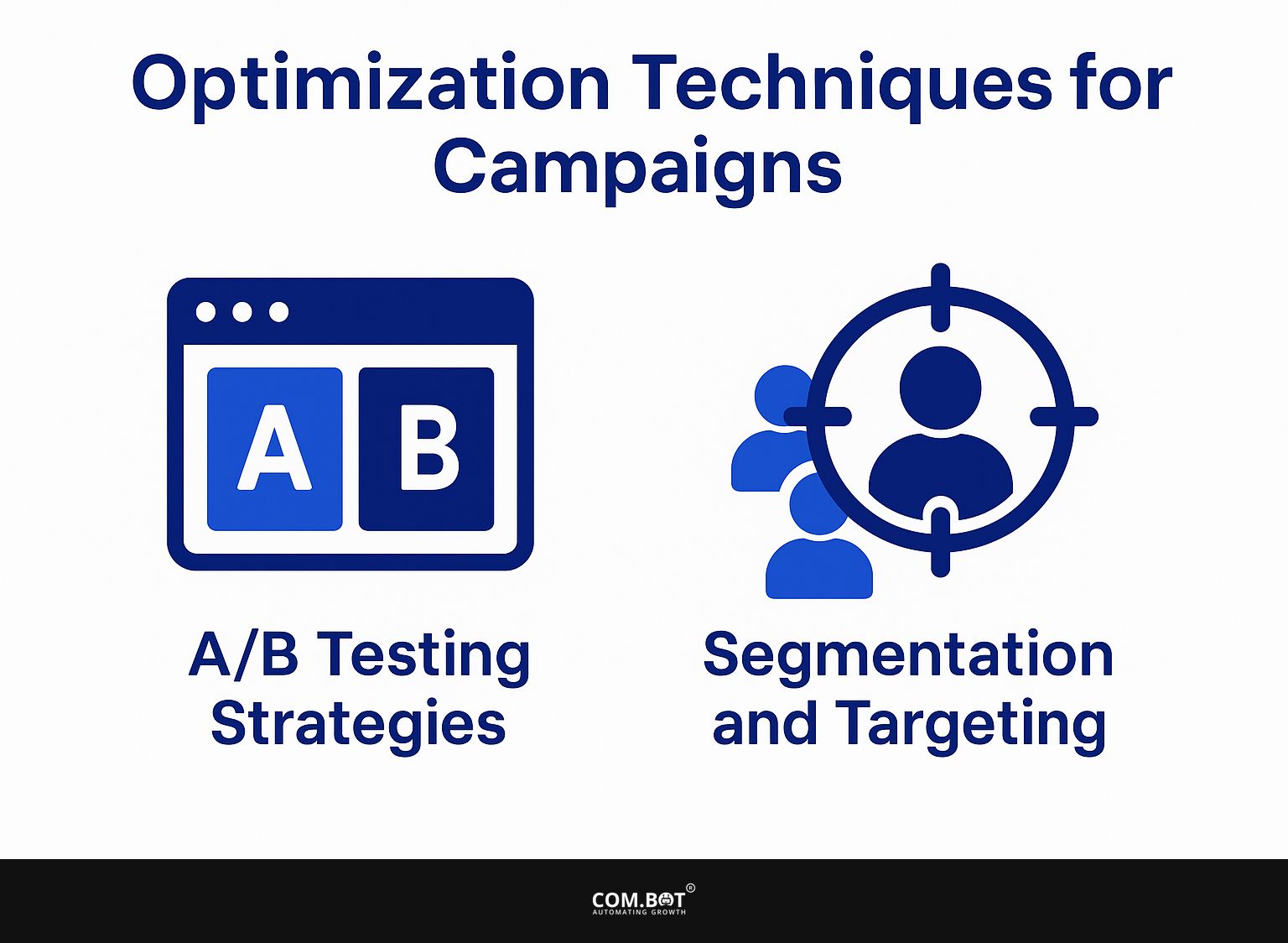
A/B Testing Strategies
A/B testing strategies, when executed correctly, can improve conversion rates by up to 30% by comparing different campaign elements.
To run successful A/B tests, begin by clearly setting your objectives, like getting more people to sign up for emails or raising product sales.
Next, select the variables you want to test-this could be the subject line of an email or the color of a call-to-action button.
Use tools like Optimizely or Google Optimize to make your test arrangements, so you can simply assess how well they work.
Analyze results through these platforms to determine statistical significance and implement the most effective option based on your findings.
Segmentation and Targeting
Effective segmentation and targeting strategies are key to enhancing customer engagement and improving campaign effectiveness.
To implement effective audience segmentation, start by analyzing three main criteria: demographics, behaviors, and past interactions.
Use tools like HubSpot to track customer data-create distinct segments based on age, location, and purchasing patterns. For instance, you might find that millennials in urban areas engage best with email offers featuring eco-friendly products.
Suggest items based on what the customer bought before. Creating automatic marketing campaigns for each group customizes your approach and boosts the chances of turning potential customers into actual ones, leading to more successful campaigns. For further enhancement of these campaigns, consider exploring how to leverage AI for microtargeting, which can provide deeper insights into customer preferences and behavior.
Interpreting Campaign Data
By examining campaign data, marketers can find useful information and improve their strategies with key measurements. For a deeper understanding of optimization techniques, see also Campaign Analytics: Features and Optimization Techniques.
Metrics that Matter
Paying attention to important numbers, like Conversion Rate (3-5%), CTR (1-3%), and Customer Lifetime Value (average $300), makes sure that campaign efforts match business goals.
To track these KPIs, use tools like Google Analytics to monitor CTR and conversion rates, and CRM software like HubSpot to calculate Customer Lifetime Value.
Neglecting to monitor these metrics can lead to misguided strategies. For instance, if a campaign shows high CTR but low conversion, you might incorrectly assume the traffic is quality, when in fact it indicates a mismatch in messaging.
Regularly reviewing these metrics helps make changes, improving performance and aligning your campaigns with your revenue goals.
Campaign Analytics Metrics 2024
Campaign Analytics Metrics 2024
Marketing Performance Metrics: Key Performance Indicators
Marketing Performance Metrics: Advanced Analytics Tools Impact
Marketing Performance Metrics: Digital Marketing Success Gauges
The Campaign Analytics Metrics 2024 Data shows how well marketing campaigns are working by providing information on important metrics, the effect of modern analysis tools, and measures of success in online marketing. These metrics are important for knowing how different parts help achieve marketing goals.
Marketing Performance Metrics offer a snapshot of crucial KPIs. Lead Generation Rates at 15.0% indicate the effectiveness of strategies in attracting potential customers, while Engagement Rates 23.0% shows how much the audience connects with the content. Notably, a Conversion Rate of 28.0% demonstrates the ability to turn prospects into customers, a key indicator of campaign success. Additionally, Customer Retention Rates at 40.0% highlight the effectiveness of strategies in maintaining customer loyalty and satisfaction.
- Advanced Analytics Tools Impact: The data shows a 10.0% impact from Predictive Lead Scoring, showing how it helps identify good potential customers and make marketing plans better. Custom Reporting Precision A rate of 18.0% shows the importance of preparing data carefully for informed decisions and planning.
Digital Marketing Success Gauges reveal indicators of online performance. A 12.0% increase in Pageviews shows improved visibility and audience reach. Meanwhile, an 8.0% reduction in Bounce Rates suggests improved user experience and content relevance, encouraging deeper site exploration. Moreover, a 25.0% growth in Customer Lifetime Value (CLTV) indicates the long-term financial benefits of successful customer relations and retention strategies.
Overall, the Campaign Analytics Metrics 2024 highlights the important role of KPIs and modern tools in improving marketing campaigns. By concentrating on attracting potential customers, interacting with them, turning them into buyers, and keeping them loyal, businesses can improve their plans to work better and grow steadily. Using predictive analytics and custom reporting provides clear benefits for targeting and creating strategies, while success measurements offer important feedback for ongoing progress.
Identifying Trends and Insights
Finding patterns and information in campaign data with tools like Google Analytics or Improvado can guide upcoming marketing plans well.
Using methods like cohort analysis can show how different groups of customers act over time, which helps in focusing marketing strategies.
A skincare company studied buying patterns throughout the year and noticed an increase in sales during the summer months. This information led them to launch an ad campaign for sun protection products before summer starts.
By using historical data and tools such as segment tracking in Google Analytics, brands can change their strategies quickly to stay relevant and connect better with their audience.
Emerging Technologies in Analytics
Emerging technologies such as machine learning and AI-driven analytics are revolutionizing how marketers approach campaign performance analysis.
Tools like Google Analytics 4 and HubSpot’s predictive lead scoring are helpful for predicting customer actions, allowing marketers to adjust their plans as needed.
Tools like Power BI and Tableau create visual reports from data, allowing teams to see how their campaigns are doing and choose actions based on current information. Related insight: Campaign Analytics: Features and Optimization Techniques
Using these technologies can improve efficiency, cut down on analysis time, and increase campaign success, giving a competitive advantage in a fast-changing market.
Best Practices for Continuous Improvement
Implementing best practices for continuous improvement in marketing analytics can increase campaign efficiency and effectiveness by 25% year-over-year.
To achieve this, regularly review KPI performance to identify trends and areas for improvement.
For example, use tools such as Google Analytics to get immediate information and HubSpot to measure the success of inbound marketing.
Using user feedback from surveys can give useful information to change strategies.
Use practical marketing strategies like A/B testing to improve campaigns based on real results instead of guesses.
Companies like Amazon show this by regularly updating how they connect with customers using data analysis, demonstrating clear achievements in their marketing efforts.
Frequently Asked Questions
1. What are the main features of Campaign Analytics?
Campaign Analytics is a tool used to track and analyze the performance of marketing campaigns. Its main features include data collection, data visualization, and data analysis.
2. How can Campaign Analytics help improve my campaigns?
By analyzing campaign data, Campaign Analytics can identify which strategies and tactics are most effective in reaching your target audience. This helps you improve your campaigns for better results.
3. Can Campaign Analytics integrate with other marketing tools?
Yes, Campaign Analytics can be used alongside other marketing tools such as email marketing, social media, and customer relationship management systems to provide a full view of how your campaigns are doing.
4. What types of data can Campaign Analytics track?
Campaign Analytics can track various types of data, including website traffic, conversion rates, click-through rates, customer demographics, and engagement metrics.
5. How does Campaign Analytics use data visualization?
Data visualization in Campaign Analytics allows you to see your campaign’s performance in visual formats such as graphs, charts, and maps. This makes it easier to identify patterns and trends in your data.
6. Is Campaign Analytics suitable for all types of campaigns?
Yes, Campaign Analytics can be used for various types of campaigns, including email marketing, social media marketing, digital advertising, and more. It is a flexible tool that can meet various campaign goals and strategies.
